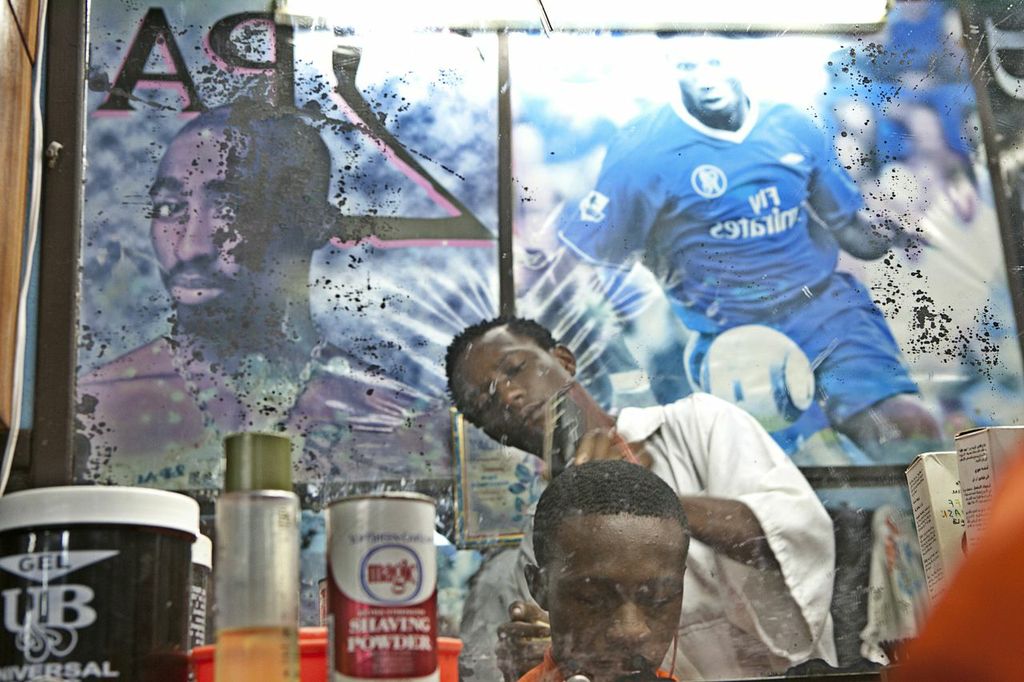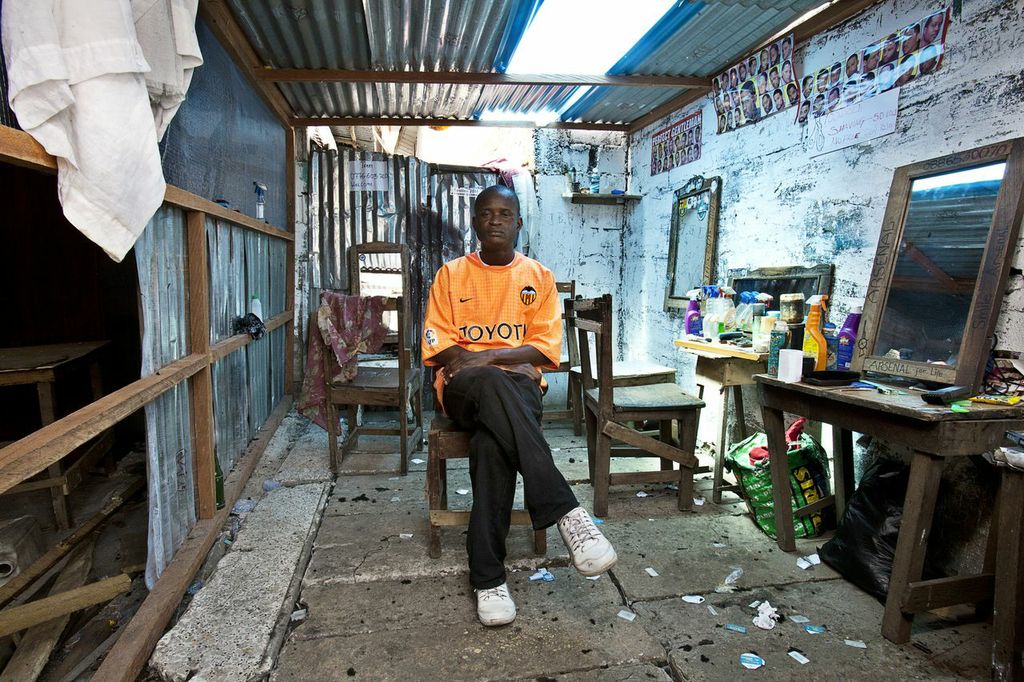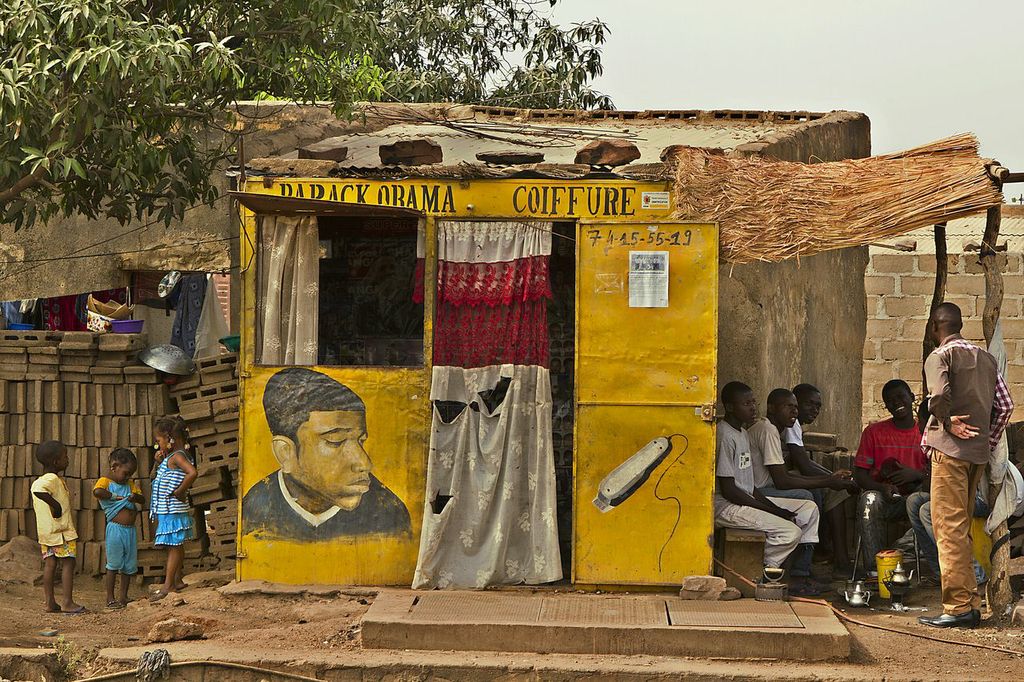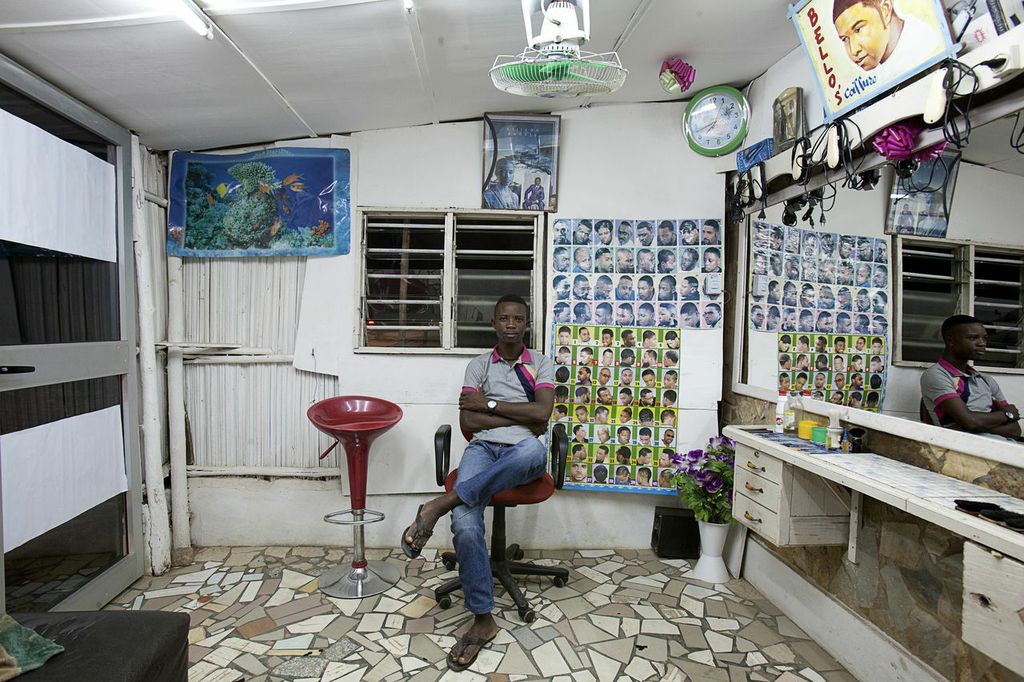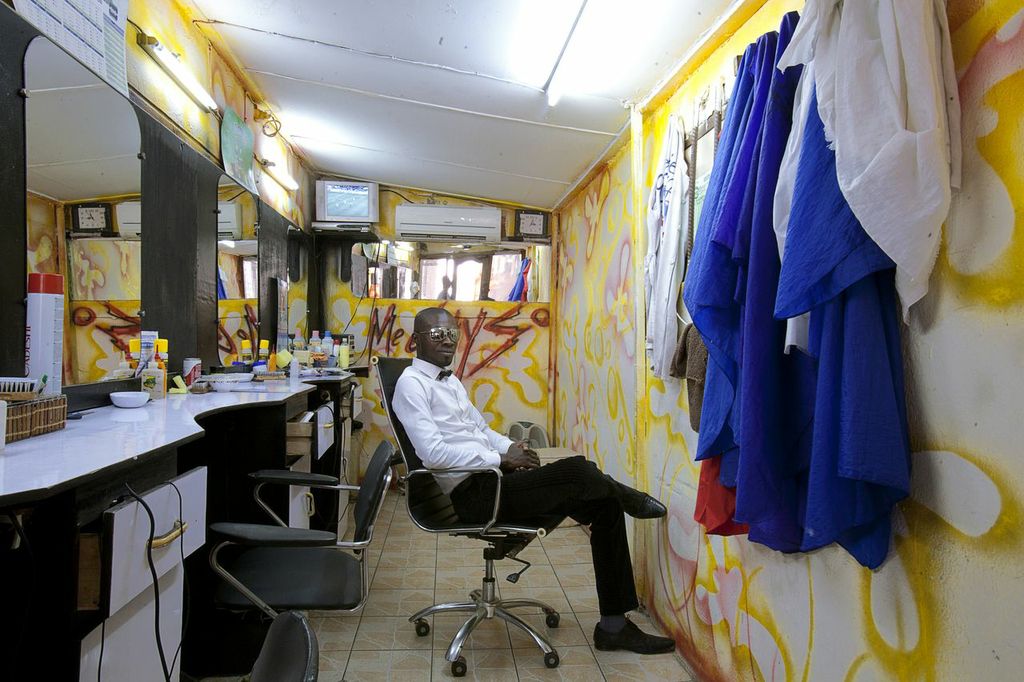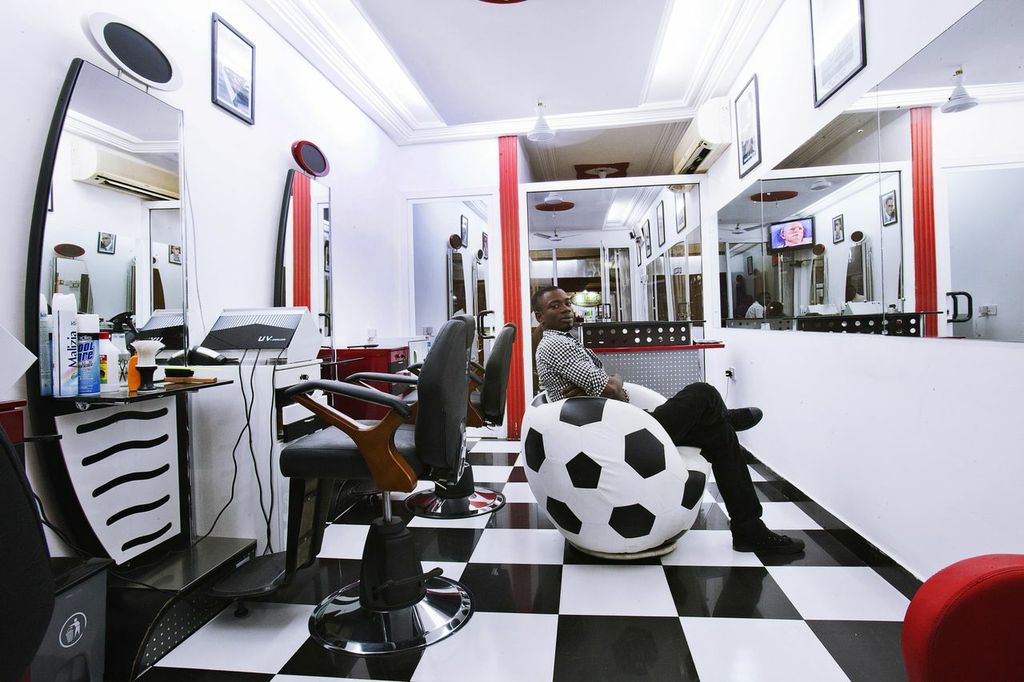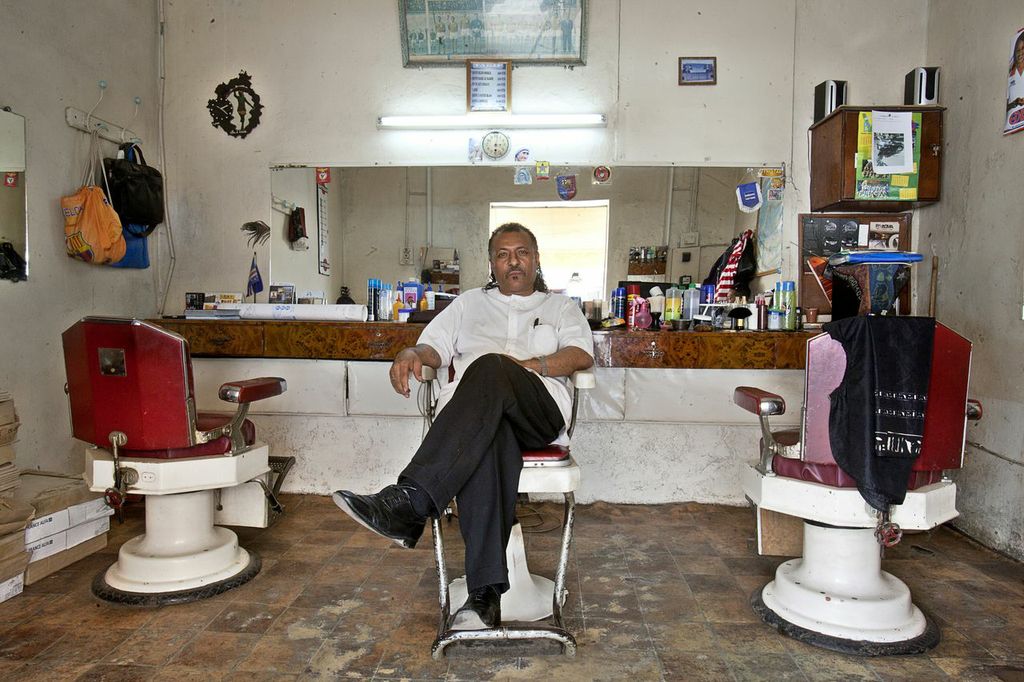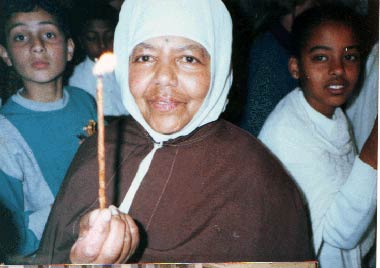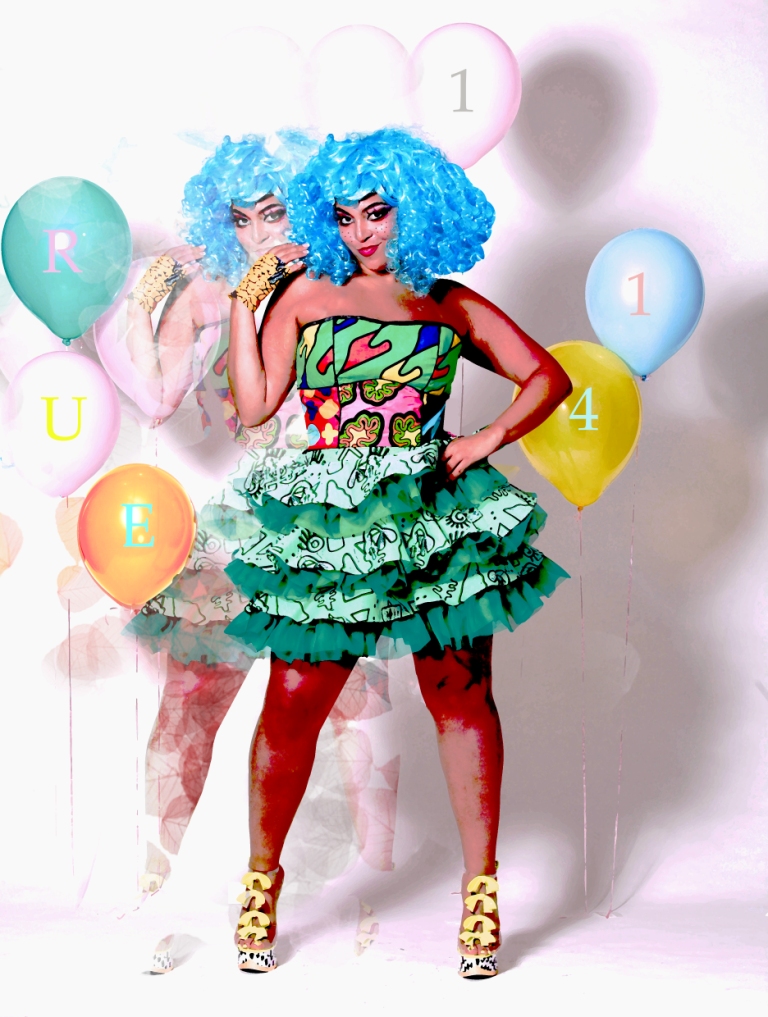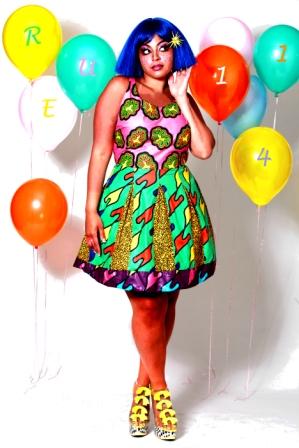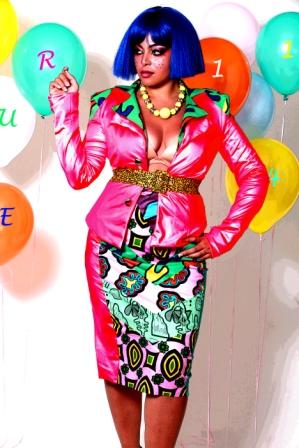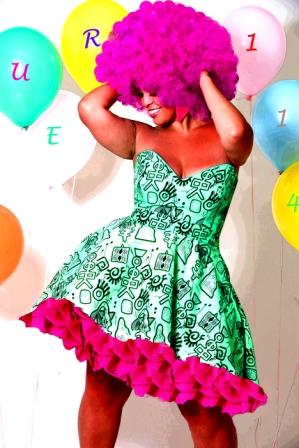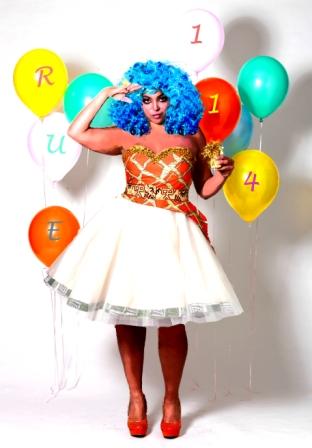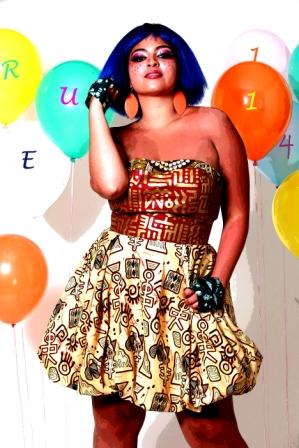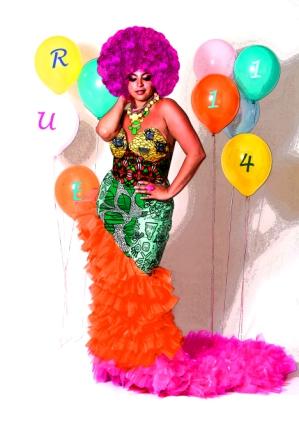Winding through the parched Namibian farmland, Bonzo, an Anatolian shepherd dog, has a singular focus: protecting his herd of goats from lurking predators.
He pads along, sniffing the air and marking the scrubby landscape, just like a bodyguard ready to ward off any threat to his charges, which he considers family.
“They’re not pets. They’re not allowed to be pets,” said Bonzo’s owner farmer Retha Joubert.
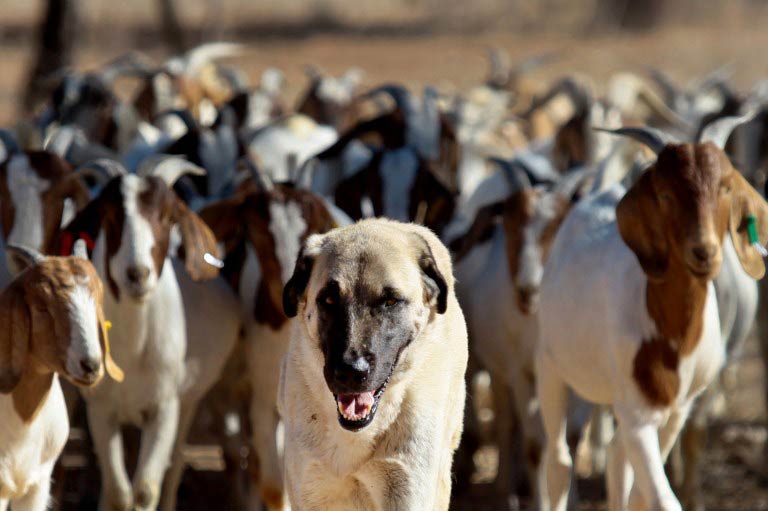
The breed descends from ancient livestock dogs used thousands of years ago in what is now central Turkey. And they not only save sheep and goats, but have handed a lifeline to Namibia’s decimated cheetah numbers by reducing conflicts between farmers and predators.
“The dogs are protecting the flock in such a way that the farmers don’t have to kill predators,” said Laurie Marker of the Cheetah Conservation Fund (CCF) which breeds the dogs near the northern city of Otjiwarongo.
“It’s a non-lethal predator control method so it is green, it’s happy, it’s win-win.”
The concept is simple.
The dogs are placed with a flock when a few weeks old to bond with the livestock. They live permanently with the animals, loyally heading out with them every day to deter hunters, and bedding down with them at night.
Marker’s centre started breeding the livestock dogs to promote cheetah-friendly farming after some 10 000 big cats – the current total worldwide population – were killed or moved off farms in the 1980s.
Up to 1000 cheetahs were being killed a year, mostly by farmers who saw them as livestock killers.
But the use of dogs has slashed losses for sheep and goat farmers and led to less retaliation against the vulnerable cheetah.
‘Fight to the finish’
“We see about 80% to 100% decrease of livestock loss from any predator when the farmers have the dogs,” said Marker.
In the last 19 years, around 450 dogs have been placed with farmers and more than 3 000 farmers trained.
There is now a two-year waiting list for the dogs – either stately Anatolian shepherds or Kangals – and the programme has expanded to other countries with predators.
For Joubert, staying up late at night worrying about her sheep and goats coming home is a thing of the past.
Her farm near Gobabis, east of the capital Windhoek, lost 60 animals in 2008.
But the arrival of Bonzo, her first Anatolian, as a puppy five years ago has slashed losses to just one animal last year.
Joubert is now training four-month-old Kangal !Nussie – whose name starts with the exclamation point typical of Namibia’s Nama people – to follow in Bonzo’s footsteps.
The fluffy-coated pup is learning the ropes by going out with a flock every day on a leash with a human herder and beds down in the animal enclosure at night. She gets half an hour in the evening to play in the yard.
“She must associate herself with the goats, she must be a goat, she’s part of a group, that’s the main thing I think to make them to protect the animals,” said Joubert, who is deeply proud of her dogs.
The dogs’ presence and intimidating bark is usually enough to deter predators, who would rather opt for prey that does not have a guardian.
But they will attack if a hunter does not back off.
Bonzo for example, has killed jackals, who attack in packs and a young, weak cheetah.
“If indeed they do come in, the dog could and would fight to the finish,” said Marker.

Altercations between the dogs and cheetahs, though, are rare and those who target livestock are usually desperate, such as being wounded.
But working in Namibia’s tough landscape takes it toll.
Bonzo has been bitten by snakes, stung by a scorpion, attacked by baboons and now has tongue cancer from exposure to the relentless sun.
Ironically, despite cheetahs being seen as livestock killers, analysis of their droppings has shown only 5% had preyed on farm animals.
“They do occasionally take livestock,” said Gail Potgieter, a human-wildlife conflict specialist at the Namibia Nature Foundation.
“But the perception that any cheetah is going to start killing livestock as its main diet is very wrong.”
Cheetah numbers hit a low of 2500 in 1986. But the population has now potentially reached nearly 4000 – the biggest wild cheetah population in the world.
Cheetahs still face threats on game ranches, where they eat valuable animals, and on cattle farms where the dogs are not suited.
But for small stock farmers, they have proven their worth.
“For the type of livestock farming that’s going on in Namibia, it’s definitely one of the most promising solutions that they have,” said Potgieter, who used to manage the CCF’s dog programme.
In Gobabis, Joubert needs no convincing.
“I will always have dogs here,” she said.
Justine Gerardy for AFP

